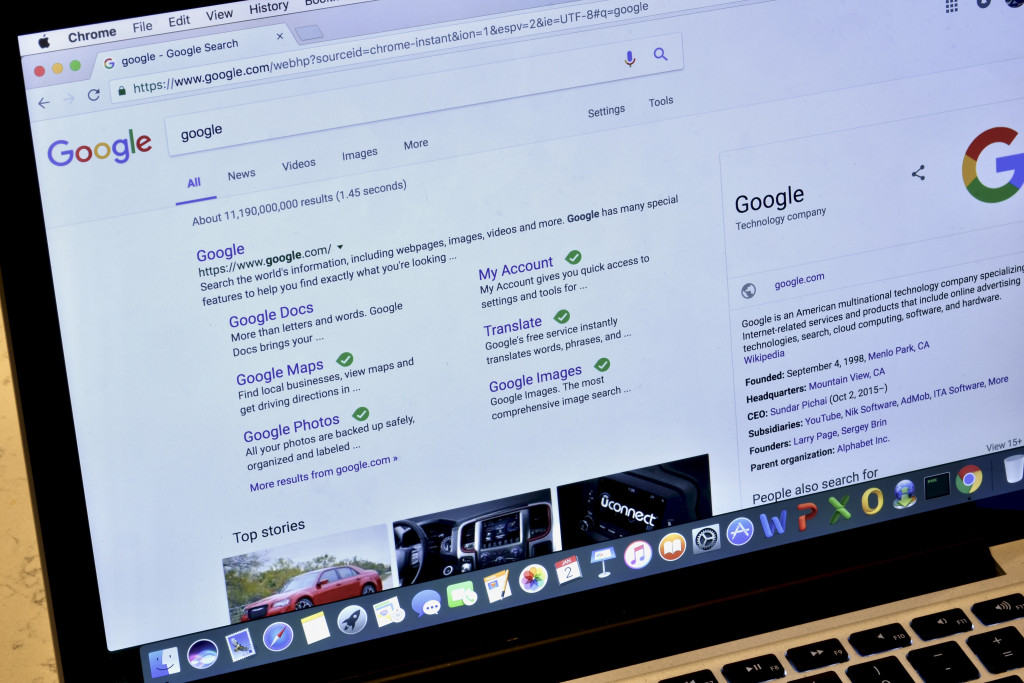Content allows your business to shine and profit. With the right website copy, articles, and videos, your content establishes trust, creates leads, and engages consumers. But favorable outcomes require consistently good content. And that can get exhausting if you’re doing digital marketing on your own.
There is a way to provide useful quality content for your target market without creating new ones: update old but traffic-driving, lead-generating pieces.
Optimized Content Through Updates
Two factors make it necessary to update your content, whether it’s written or visual.
One, what was once relevant isn’t likely to be in the present time. What a content team from a digital marketing firm wrote three of five years ago for your business may contain outdated data. Old information isn’t valuable to consumers, which means your content could be losing traffic.
And two, search engines prefer content with the latest and accurate information. Google, for example, updated its Search Quality Evaluator Guidelines, and it highlighted the E-A-T concept. E-A-T is expertise, authority, and trustworthiness, which influence your website’s ranking.
Update content not only provides value for your target market, but they also allow your website to be ranked higher. An old piece of a blog post may be extensive in its coverage of a topic. But if its research data, statistics, or list of suggested techniques are five years old, they may no longer be relevant. And irrelevant content isn’t going to perform well over time.
Instead of using up resources to produce several quality articles, look into content pieces that may need updating.
How to Update Your Content

Like every other digital marketing strategy, updating content requires an analysis. Start with an audit of your content. Examine the content on each page and categorize them according to their impact.
Are there articles that have registered negatively, hurting your marketing strategy? Are there web pages that perform well in terms of generating leads or sales, or are there blog posts that little to nearly nothing for your marketing campaign?
Identify old content pieces that may have delivered in the past but have significantly lost traffic of late. Then, determine the following:
- When was it published?
- How many internal links, inbound links does it have?
- Does it contain broken links?
- Is the content structured for an easy read, with headlines and bullet points?
- Does it contain an appealing, descriptive title?
Next, evaluate the article itself. Every useful piece of content must be:
- Accurate
- Original
- Valuable
- Actionable
- Engaging
- Shareable
Check also if the content is easily accessible on mobile devices and that it has images or videos that bolster your message.
Once you’ve got everything figured out, then you can get to update the content. The extent of the update will depend on the result of your audit. Before you re-publish, make sure that the updated content meets the E-A-T concept.
And much like the first time the content was published, the article or blog post needs to be promoted on your social media network. Highlight the new information it contains to entice clicks and shares.

